In this Mallorca special, we travel across the island, taking in everything from goats and cyclists to English poets and Andalucian chefs
Mallorca April 1-4
It was necessary to approach this trip with an extremely open mind. Mallorca is somewhere that first entered my consciousness in one of the greatest adverts of all time, We only had four days to confound such stereotypes so these are just a few first impressions. Bear in mind this was my first visit since 1976 (pictured hanging with the local kids)
Mallorca is a very different beast to Ibiza. Indeed, it hasn’t much in common with Majorca either. The countryside, the fincas, the footwear industry, the overall more serious vibe. There are bullfights and vintage trains though and considerably more Germans. A Brazilian once said that the work gets done in São Paolo and the fun is had in Rio, and I wonder if that analogy applies in the Balearics? The capital Palma lends a nod to Barcelona, Girona, Valencia.. but lacks the jawdropping beauty of Dalt Vila. We made it to the Arab Baths and stumbled into a military parade, but the old quarter was hopelessly overcrowded. And 12€ for a bikini (*of the toasted ham & cheese variant) hinted at dark commercial forces in those ancient streets. But, equally, free admission was to be found at the marvellous Palau Solleric gallery.
The plan was for K & I to hook up for a couple of days with my mother who was already on the island on an IMSERSO tour for the seniors. We stayed in Alcúdia, further north. The Hostal Alma had its charms, as did Can Punyetes but the real star of Alcúdia is El rincón de Paqui y Rafa. Homemade food, salad, a (sensational) estofado stew, dessert + 3 drinks each, totalling €47! Run by incredibly friendly andaluces. You can usually tell if someone is from Sevilla. The mother of all lisps. Paquita seemed genuinely upset certain people had left hostile reviews online. I assured her we wouldn’t commit the same error.
*****
We hired a car from Autos Mallorca, but perhaps unwisely opted for a manual, not the smartest idea when you get caught behind mini-pelotons on the mountain climbs. I can see why cyclists would be drawn in springtime to the climbs around Soller. There aren’t many cars and the temperature is optimal. High above, goats roam imperiously. We sought out a hotel in Pollença where my grandparents had stayed in the 50s but deep in a wood we instead came across an uninviting barrier and a sinister guard whose expression nestled somewhere between “Fuck” and “Off”.
*****
I’ve always been intrigued by the relationship between the different Catalan-speaking parts of the Mediterranean, and whether sharing a language automatically fosters an emotional connection across seas. (given the current direction of the US, that question might already be answered..) whilst some nationalists and academics have caused irritation in the Balearics, Valencia and Perpignan with their dream of a united pan-Catalan state. Some Mallorcans detest the central state too. See rapper Valtonyc who spent years on the run in Belgium, successfully resisting extradition for insulting the King and Guardia Civil.
*****
Looming over Barcelona is a popular and controversial tourist spot informally called The Bunkers. When we lived in the hills of Carmel we would see hordes of students and backpackers walking past, each armed with essential kit: picnics, booze, spliff. Hell, I even went up too on occasion, curious to see what the fuss was about. There is usually someone with a guitar or groups of people standing around unsure of group protocol, on what is essentially an abandoned military installation.
One thing does stand out, however. On a very clear day, you can make out the contours of Mallorca’s mountains on the horizon. In years’ past, an enterprising local made a living, perched on the concrete, flogging beers and contraband from a carrier bag to any takers. During a quieter moment, I asked if he had ever been to Mallorca. His response saddened me. “I sometimes see those ships and yachts and what it is like there but no, I’ve never left Carmel”.
————————————
Nací en el mediterraneo
En un escaparate del (horroroso) centro comercial Westfield Glòries, aquí cerca de casa, hay un cuadro del cantante Joan Manuel Serrat. No sé quién es el pintor y tampoco conozco el motivo por su presencia en Sant Martí pero es bastante emblemático. En 1971, sacó el discazo Mediterraneo, probablemente el único vinilo en que coincido con mi madre. El máximo homenaje al mar. Ya no hacen música así. La pérdida de inocencia, ingenuidad, como siempre... Los marineros, los habaneros, los que cantan El Meu Avi también son mayores. Sería una tristeza perderlo todo.
En Mallorca, no obstante, aún hay músicos combinando la tradición con las nuevas tendencias. Y sitios también. Me han comentado que el Garito Café es un club bastante guay pero en esta ocasión ya sabía que esta visita a Mallorca no iba a ser una fiesta. De hecho, la única música que escuché fue por una emisora alemana, con múltiples temas casi olvidados de los 80.
El año pasado, dediqué una página a Joan Bibiloni, el gran veterano guitarrista jazz-funk. Me fascinaba aquel proyecto original del sello NuNorthern Soul, que reunía influencias ibéricas, ingleses y galeses. Tampoco soy experto pero algunos malloquins hacen cosas interesantes. P. ej. Pepe Link, un dj bien conocido en la escena chillout quién además produjo el gran tema Conexao en 2024. O Concha Buika, una cantante española, de orígen Guinea Ecuatorial. Se caracteriza por realizar fusión de distintos estilos del flamenco o el flamenco jazz. Publicó su primer álbum titulado “Mestizüo”, en el año 2000. Me gustaría saber además porque uno de los temas más cotizados de los inicios del progressive house rinde homenaje a la isla.
Es una curiosidad que no haya más música en directo en Ibiza cuando Mallorca fácilmente monta eventos como el Live Festival. Alguien me dijo que es super difícil convocar artistas internacionales a Ibiza que no sean DJs. Cuesta una pasta y captura una audiencia limitada. De todas maneras, hay ventajas y desventajas en ambas islas.
————————————————————-
Robert Graves
Em va agradar molt la casa i jardí de Robert Graves a Deía. L’escriptor anglès va morir fa molts anys i la casa després es va convertir en museu. Em va sorprendre què no hi havia ningú. Només nosaltres i prou. I em fa pena perquè la seva història es força interessant.
Va néixer a Londres el 1895 amb pare irlandès i mare alemanya. Durant la primera guerra va ser malferit a la batalla del Somme, un autèntic infern. Se li coneix com un dels grans poetes de guerra, amb Wilfred Owen o Siegfried Sassoon. Va arribar a Mallorca el 1929 amb la seva dona. (La segona de tres). Al principi van llogar una casa a Deià, però ben aviat va ordenar la construcció d'un habitatge a uns 2 km del poble. La casa es força modesta però super tranquil per un escriptor.
El 1934 va escriure el seu major èxit, Jo, Claudi, per pagar la hipoteca. De fet, el meu pare es gran aficionat de la seva literatura i poesia. El 1936, va fugir de l’illa quan va esclatar la Guerra Civil, i durant diversos anys va viure en diferents països: Suïssa, França, Estats Units, Regne Unit ...
Al cap de deu anys, i després de veure encara més horrors de la segona guerra, estava convençut que en tornar a la casa que havia construït, només trobaria ruïnes. Però no senyor! La seva sorpresa va ser enorme quan va aparèixer davant dels seus ulls totalment intacta, i en entrar a les diferents habitacions, totes estaven exactament així com les havia deixat, i netes gràcies al matrimoni pagès encarregats de cuidar de la casa.
L'escriptor va quedar tan emocionat que ja mai la va abandonar i va passar a ser coneguda per la gent del poble com Can Graves, fins a la seva mort en 1985 als 90 anys.




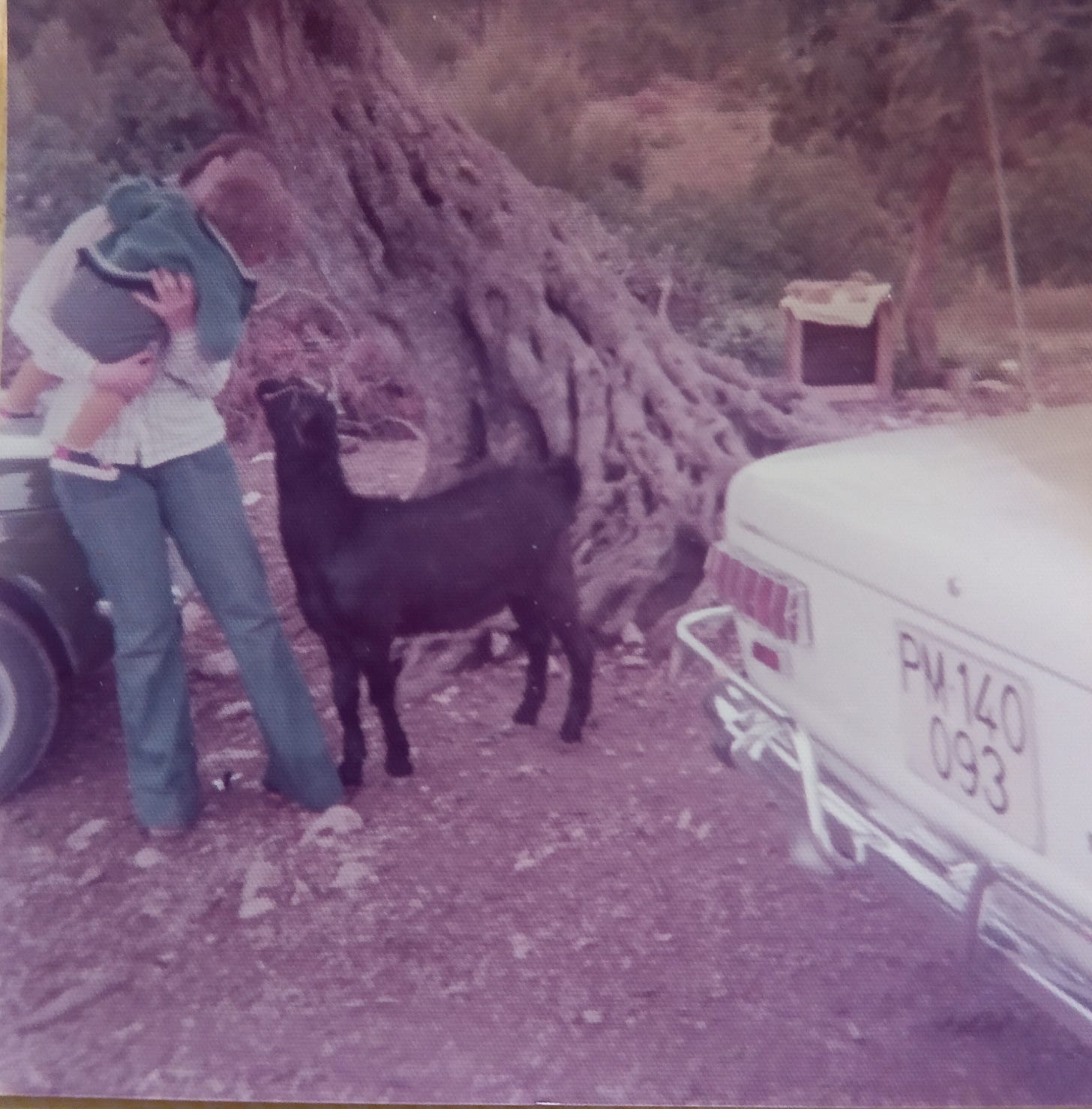
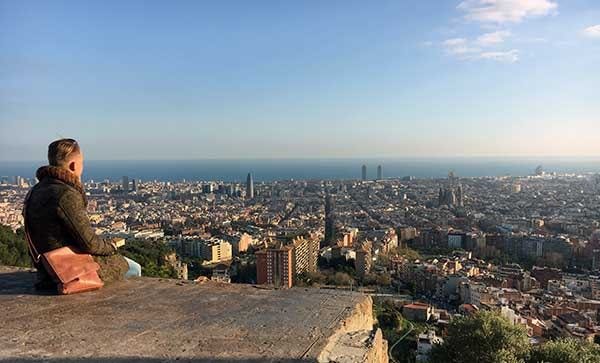
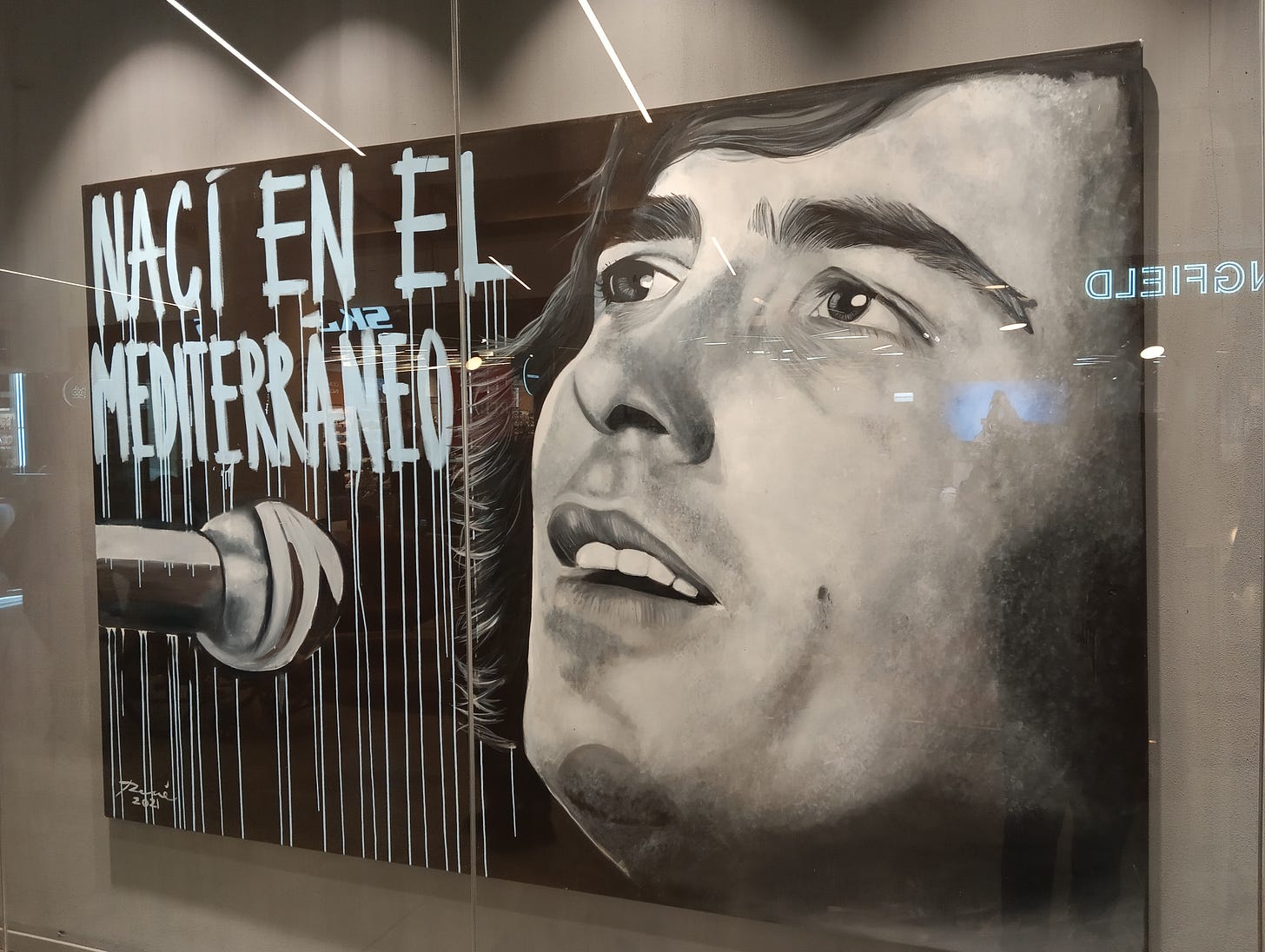
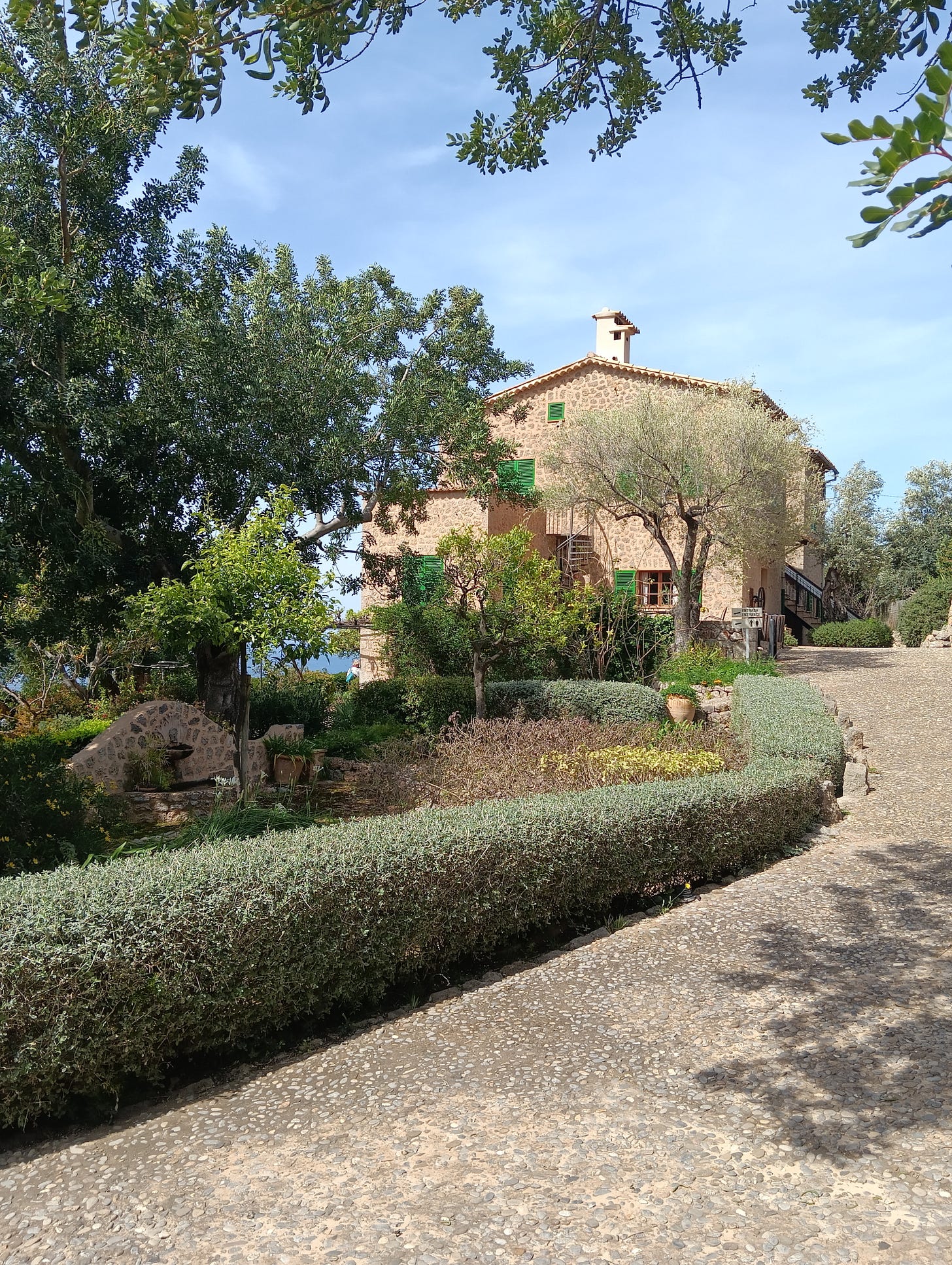
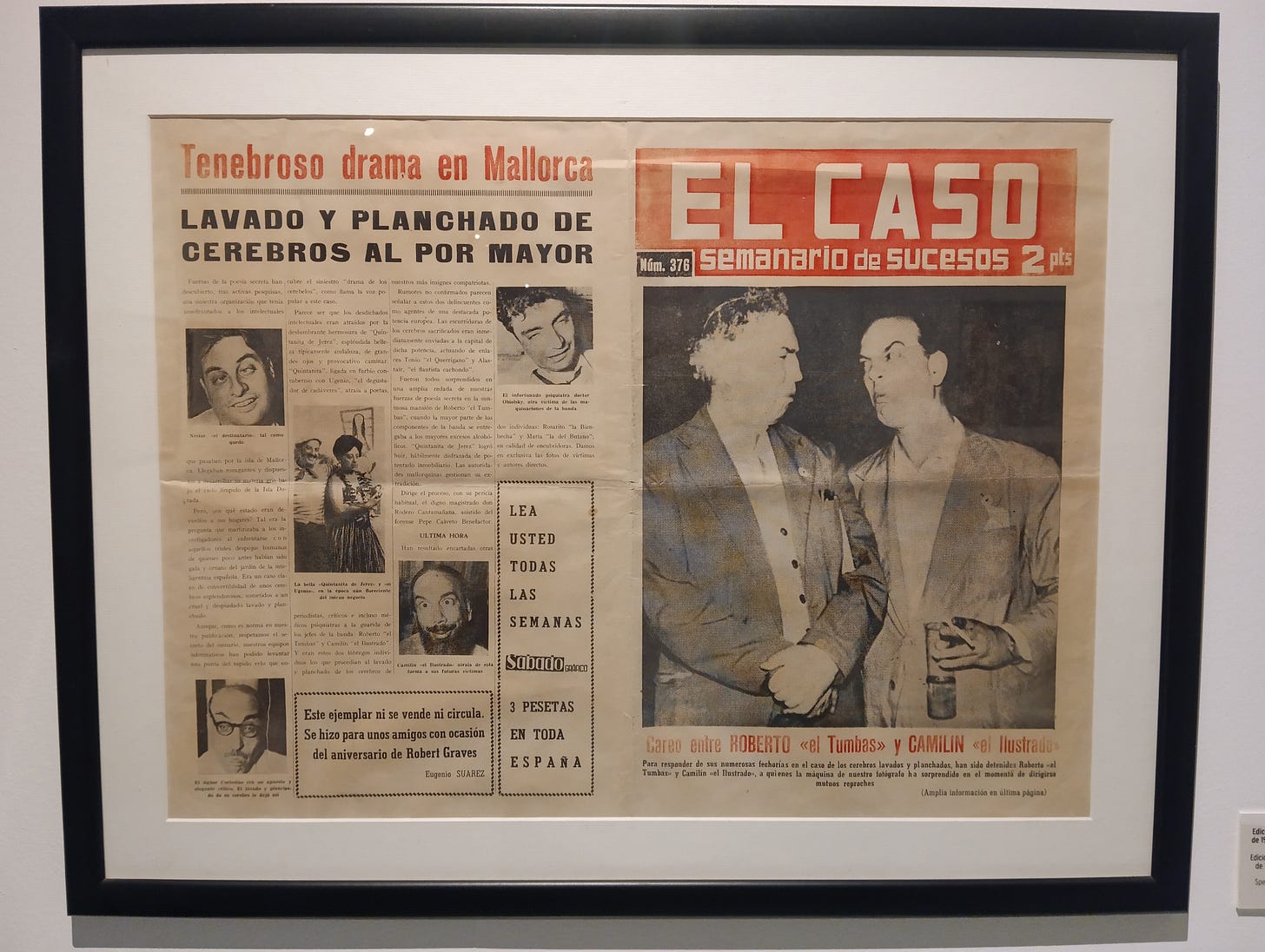
I knew his grandson very well, like me, a ‘New Age Traveler’ slumming it in the Alpujarras.